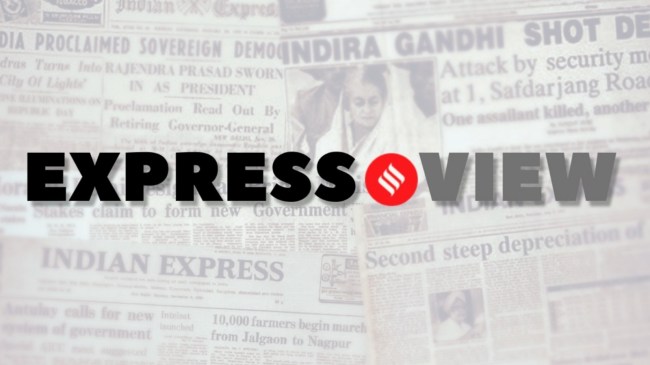Opinion Express View: Bankruptcy code’s loose ends
Outcomes under bankruptcy code continue to fall short of expectations. Measures are needed to improve its functioning
 The shift to a time-bound resolution process was one of the most appealing aspects of IBC.
The shift to a time-bound resolution process was one of the most appealing aspects of IBC. In 2016, the Insolvency and Bankruptcy Code ushered in a new resolution framework that has also helped reset credit relations by strengthening the position of both financial and operational creditors. The fear of having to relinquish control over their firms has acted as a strong incentive for promoters to fulfil their financial obligations. At the end of September, 7,058 cases had been admitted under the IBC framework. Another 26,000 applications, where the underlying defaults have been around Rs 9.33 lakh crore, have been withdrawn even before their admission under IBC according to the Insolvency and Bankruptcy Board of India. Of the cases that have been admitted, roughly half continue to be initiated by operational creditors, underlining that the code does provide these firms, which tend to be small and medium enterprises, a tool to help recover their dues.
Of the total cases that have been admitted so far, 1,053 have been closed on appeal/review/settled, while another 947 have been withdrawn under section 12A, due to possibly a settlement with the applicant or creditors. Resolution plans have been approved in 808 cases, while liquidation has commenced in 2,249 cases. In the cases yielding resolution plans, creditors have realised only Rs 3.15 lakh crore or 31.85 per cent of their admitted claims, suggesting that realisations have been lower than expected. The liquidation values have been even lower, at only 6.5 per cent of the claims. However, around 77 per cent of the cases that have ended up in liquidation were earlier with the Board for Industrial and Financial Reconstruction and/or defunct. As per IBBI, in most of these cases, the economic value had diminished — their asset values were pegged at only 7 per cent of outstanding debt.
The shift to a time-bound resolution process was one of the most appealing aspects of IBC. As per the World Bank Ease of Doing Business report 2016, it used to take 4.3 years to resolve insolvency in India. While the time taken under IBC is lower, it continues to exceed the expected timelines. The average time taken for closure of the resolution process is around 653 days. In cases that are ongoing, more than 67 per cent have crossed 270 days. In cases of liquidation, 55 per cent have crossed two years. While several steps have been taken to tighten the code and improve its functioning over the years, more needs to be done.



